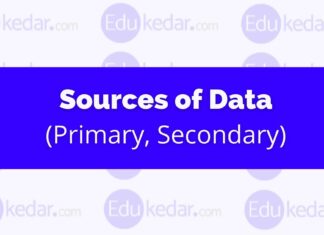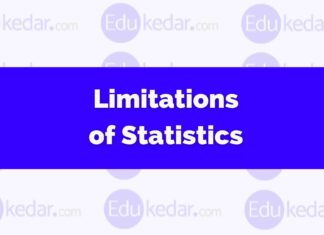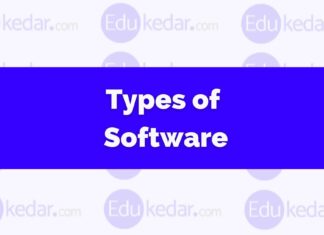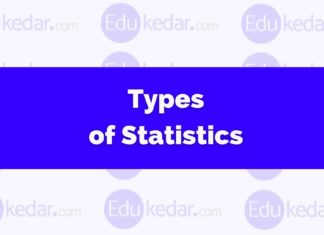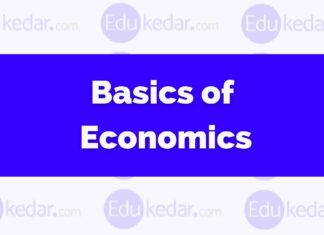What is Statistics?
Statistics is a branch of mathematics that involves collecting, analyzing, and interpreting numerical data. Today we will know what is statistics, and its definition...
Primary Data and Secondary Data
Primary Data and Secondary Data are the sources of data collection methods. Here we have shared the sources of data collection with examples.
Sources of...
Limitations of Statistics
Statistics is a branch of mathematics that deals with the collection, analysis, interpretation, presentation, and organization of numerical data. Here we have shared the...
Types of Software
There are many types of software, including system software, application software, programming software, utility software, middleware software, firmware, open source software, proprietary software, freeware,...
Types of Statistics
Statistics involves the use of mathematical methods and techniques to extract meaning and insights from data. There are two types of Statistics; descriptive statistics...
Scope of Statistics
Statistics is a branch of mathematics that deals with the collection, analysis, interpretation, presentation, and organization of data. The scope of statistics is broad,...
Difference between Micro and Macro Economics
Microeconomics deals with the behavior of individual economic units, while macroeconomics deals with the behavior of the economy as a whole. Here we have...
Difference Between Marketing And Selling
While marketing and selling are distinct activities, they are both essential to the success of a business. Here we have shared the difference between...
What is Economics?
Economics is a science that deals with the production, exchange, and consumption of various commodities. Here we have shared the basics of economics and...
Preschool Education
Preschool education is a youth program in which kids join learning with play in a program run by expertly prepared grown-ups. Youngsters are most...



